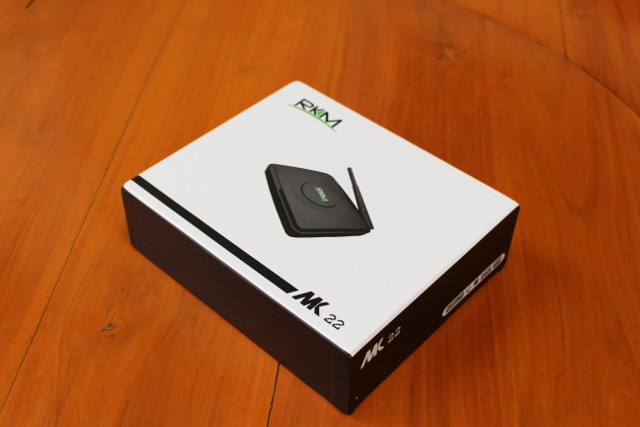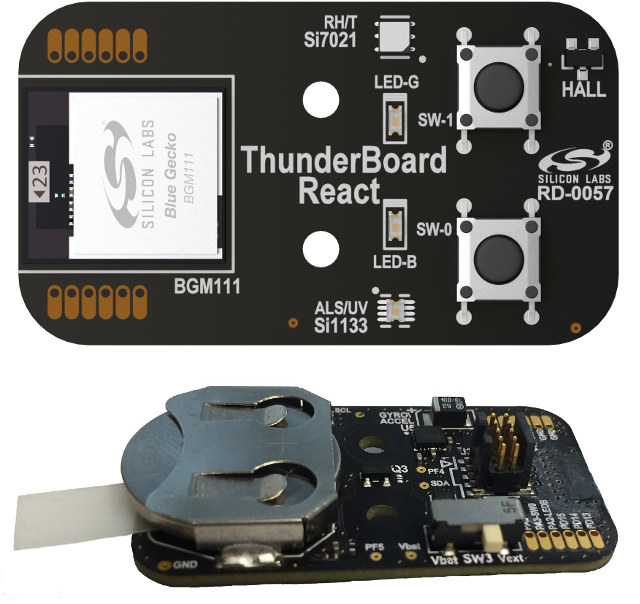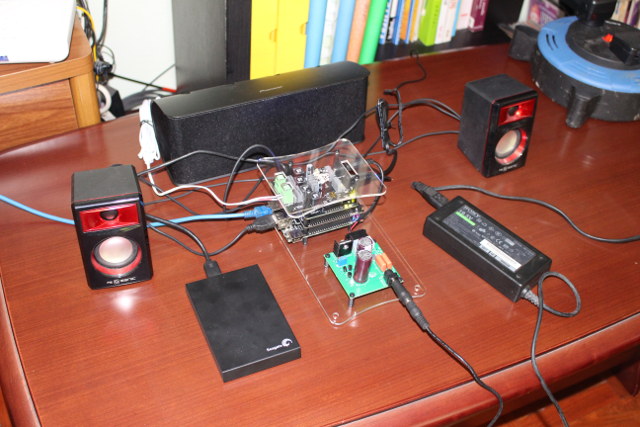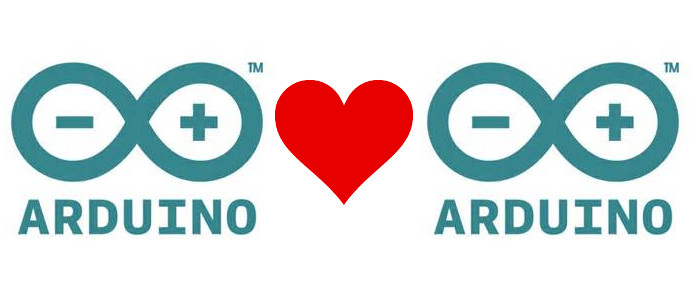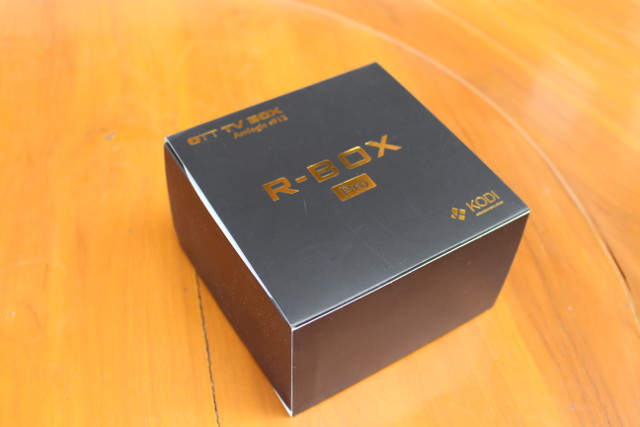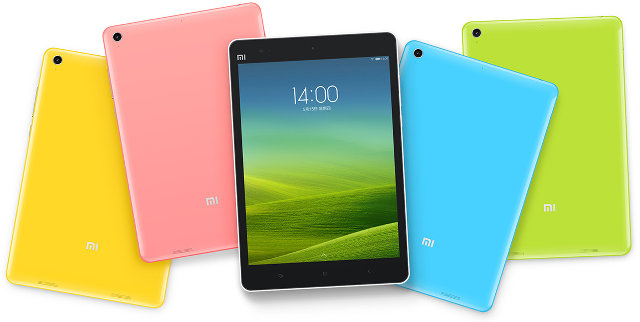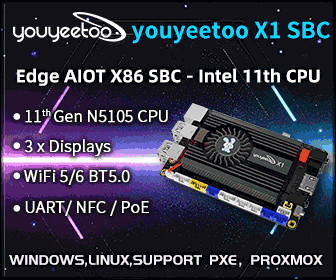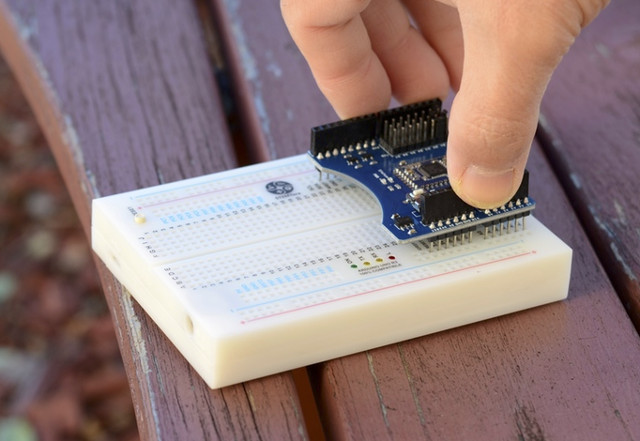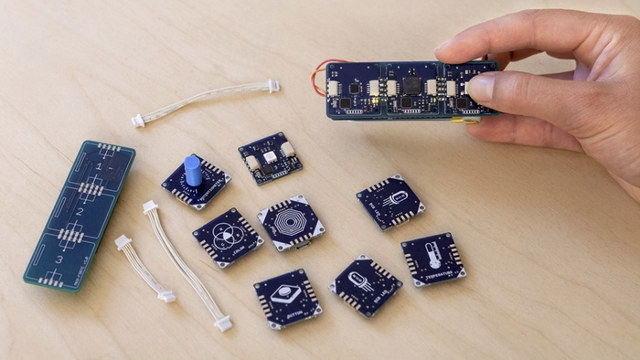Rikomagic became a much better known company when they launched MK802 TV stick in 2012, and over the years they’ve kept introducing new products, and I’ve just received a review sample of their latest Rikomagic MK22 octa-core Android TV box powered by Amlogic S912 processor. I’ve posted photos of the device and its accessories, and check out the hardware design in the first part of the review, before testing Android 6.0 firmware in the second part in a few weeks. Rikomagic MK22 Unboxing I received MK22 in its black and white retail package. The back of the package details the main features, and the hardware specifications. Instead of printing a user’s manual that anybody will hardly read, the company instead printed a QR Core to MK22 user’s manual download link. The TV box ships with a 5V/2.5A power supply, an HDMI cable, and an IR remote control that looks the […]
Silicon Labs Introduces $29 Thunderboard React Bluetooth 4.2 LE IoT Board and $69 Derby Car Kit
Earlier this summer, Silicon labs launched ThunderBoard React, a Bluetooth 4.2 LE compliant board with sensors and expansion headers for IoT applications based on the company’s BGM111 Bluetooth Smart Module, and to make it much more fun to work with the company has released a Derby Car kit controlled by the board. ThunderBoard React specifications: Bluetooth Module – BGM111 Bluetooth 4.2 compliant module with integrated Tx and Rx antenna, and Cortex M4 MCU @ 38.4 MHz with 32 kB RAM and 256 kB Flash Extra Storage – Footprint for 8Mb external flash storage Sensors – Si7021 relative humidity and temperature, Si1133 UV index and ambient light sensor, Invensense MPU-6500 6-axis gyro/accelerometer, Si7201 hall effect position sensor Expansion – 12 breakout pina to connect to BGM111 GPIOs Debugging – 10-pin mini Simplicity debug connector Misc – 2x momentary buttons, 2x LEDs, power selection switch Power Supply – CR2032 coin cell battery […]
Review of Allo Vana Player Linux HiFi Audio System with Max2Play, SqueezeBox and Kodi
Last month I showcased what I called “Allo Sparky Audio Kit” with a DAC board (Piano), an amplifier board (Volt), and usually hard to find reclocker and capacitance multiplier boards (Kali & CM), all connected to Allo Sparky ARM Linux development board powered by Actions Semi S500 quad core Cortex A9 processor, and running Ubuntu 12.04. In the first post, I just described the boards, and showed how to assemble the kit, but now that I have received the user’s manual, it turns out the kit is actually called “Vana Player” and the provided Ubuntu firmware image runs Max2Play Browser based system that’s also available for Raspberry Pi and ODROID boards. Before starting the kit, you’ll need to connect speakers to Piano DAC board and/or Kali board, as well as a 19.5V power source such as a laptop power supply to connect to the CM board. I connected some USB […]
Arduino & Arduino Get Back Together Again
I don’t normally write about business news, unless they have a clear impact on the technical side of things. So for example, I did not write about NXP buying Freescale, Qualcomm likely buying NXP, Microchip buying Atmel, nor Softbank buying ARM. But the split between Arduino LLC (US – Arduino.cc) and Arduino SRL (Italia – Arduino.org) has had some clear impacts with both companies designing different boards, providing Arduino IDEs that may not be compatible with the competitor product, and in the case of Arduino LLC, they had to use the Genuino brand outside of the US. All those points may have brought confusion to some users. The goos news is that Arduino LLC and Arduino SRL will now merge together and become Arduino Holdings after signing a settlement agreement. This has announced at New York Maker Faire, and both Arduino.org and Arduino.cc blogs: At the end of 2016, the […]
Review of R-Box Pro OTT TV Box with 3GB RAM – Part 1: Unboxing and Teardown
R-Box Pro is just another Amlogic S912 TV box, except it comes with up to 3GB RAM, against 2GB for most other models on the market. Kingnovel sent me a sample with 3GB RAM to check it out, and today I’ll start by taking photos of the devices, and perform a teardown mostly to find out how the 3GB memory design is implemented. R-Box Pro Unboxing The retail package is minimal black box with “OTT TV Box Amlogic S912” and “R-Box Pro” markings and Kodi logo. A sticker on the side will also indicate whether you have received to 2GB or 3GB RAM version. The device ships with an IR remote control with learning function, a 5V/2.5A power supply, an HDMI cable, and a user’s manual in English. The day I received the sample the top cover looked to have many scratches, but after removing the plastic film on the […]
Xiaomi Mi Pad Tablet with Tegra K1 Processor, 64GB Flash Sells for $120 (Promo)
Xiaomi Mi Pad 7.9″ tablet powered by Nvidia Tegra K1 processor was launched in 2014 with either 16 or 64 GB flash, and on July on that year you could buy the version with 64GB storage would sell for $370 and up from sites like Aliexpress. A little over two years, the price has dramatically dropped, and there’s now a promotion for Xiaomi Mi Pad with 64GB storage for $119.99 on GearBest with MiPad64G or MP64GBCSMO coupon. Let’s refresh our memory with the specifications of the tablet: SoC – Nvidia Tegra K1 quad core Cortex A15 processor @ 2.2 GHz with Nvidia 192-core Kepler GPU System Memory – 2GB LPDDR3 Storage – 64GB eMMC, extensible to 128GB via microSD card Display – 7.9” IPS display, 2048×1536 resolution; 326 PPI Camera – 8MP rear camera, 5MP front-facing camera Connectivity – 802.11ac 2×2 Wi-Fi, Bluetooth 4.0 Audio – 3.5mm audio jack, speaker […]
Meet STEMTera Smart Breadboard with Built-in Arduino Board, and LEGO Compatibility (Crowdfunding)
From time to time, you see new products on the market with an idea that – in hindsights – seems to simple and obvious that it makes you wonder why you or others had not thought about it a long time ago. Most people will use an Arduino board with a breadboard for their project, so it makes perfect sense to combine both into a single product, and that’s exactly what STEMTera has done, when they designed a breadboard containing an Arduino compatible board, supporting Arduino UNO R3 shields, and usable with LEGO bricks. STEMTera breadboard specifications: MCU (Arduino) – Microchip/Atmel ATmega328P-AU MCU @ 16 MHz with 2KB SRAM, 32KB flash, and 1KB EEPROM MCU (USB-to-TTL) – Microchip/Atmel ATmega16U2 MCU @ 16 MHz with 512 bytes SRAM, 16KB flash, and 512 bytes EEPROM Expansion Arduino MCU – 14 digital I/Os (including 6 PWM), 6x analog input; 5V I/Os; DC current […]
Arduino Has Launched ESLOV IoT Invention Kit on Kickstarter
Arduino LLC has just launched its very first Kickstater campaign with ESLOV IoT Invention Kit combines a WiFI board and modules, a visual code editor, and Arduino Cloud. The goal of the project is to let people connect devices to the cloud without needing any programming skills, although the Arduino IDE can still be used for more advanced users. The brain of the project is ESLOV Wireless & Motion Hub: MCU – Microchip (previously Atmel) SAMD21 ARM Cortex-M0+ micro-controller @ 48 MHz with 32KB RAM, 256 KB flash Connectivity – Wi-Fi 802.11 b/g/n USB – 1x micro USB port for programming and power Sensor – One motion sensor Expansion – 5-pin ESLOV connector based on I2C protocol plus a multifunction pin for wakeup, IRQ, and discovery The ESLOV hub would then connect to tiny (2.5 x 2.5cm) ESLOV modules based on Atmega ATmega328P MCU, and communicating through the ESLOV protocol. […]


